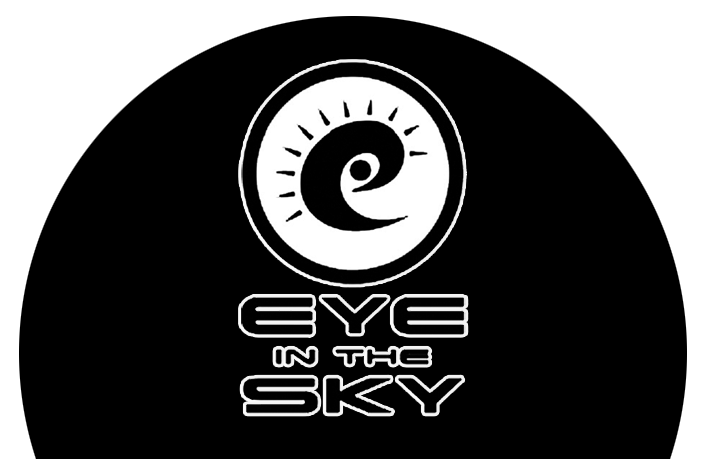FILL IN FLASH
TECHNIQUES - fill-in flash or HDR?
You are often limited by what gear you can carry with you whilst on location, and lighting an interior with your camera flash may be your only option. But there are options. Here are three different results from the same location.
a: Original frame, no camera flash, exposed for the window light.
b: Camera fill-in flash (FIF), exposed for the window light.
c: The original frame, no flash, with tonal range extended in post production as a raw file but from a .jpg original. This is equivalent to an HDR rendering.
The three different approaches all work, but it depends on your reason for the shot, as always. The flash (b) has whitened the paintwork, but in reality there was colour bouncing all around the room from the green outside, and the HDR (c) version has kept this, so I feel it’s a more natural feeling.
Below: The spiral staircase was a difficult location to capture, crying out for a complex lighting setup to do it justice. But knowing the range a RAW file has, I exposed for the highlights then edited it in post production to extended the tonal range. So no additional lights were used apart from the two points of daylight.
Notice how the fill in flash in the metal sculpture shots look like it is part of the ambient illumination. This is the point, so that the flash does not over power the scene and is balanced with the daylight.
All photography and text © Jon Davison 2022.












